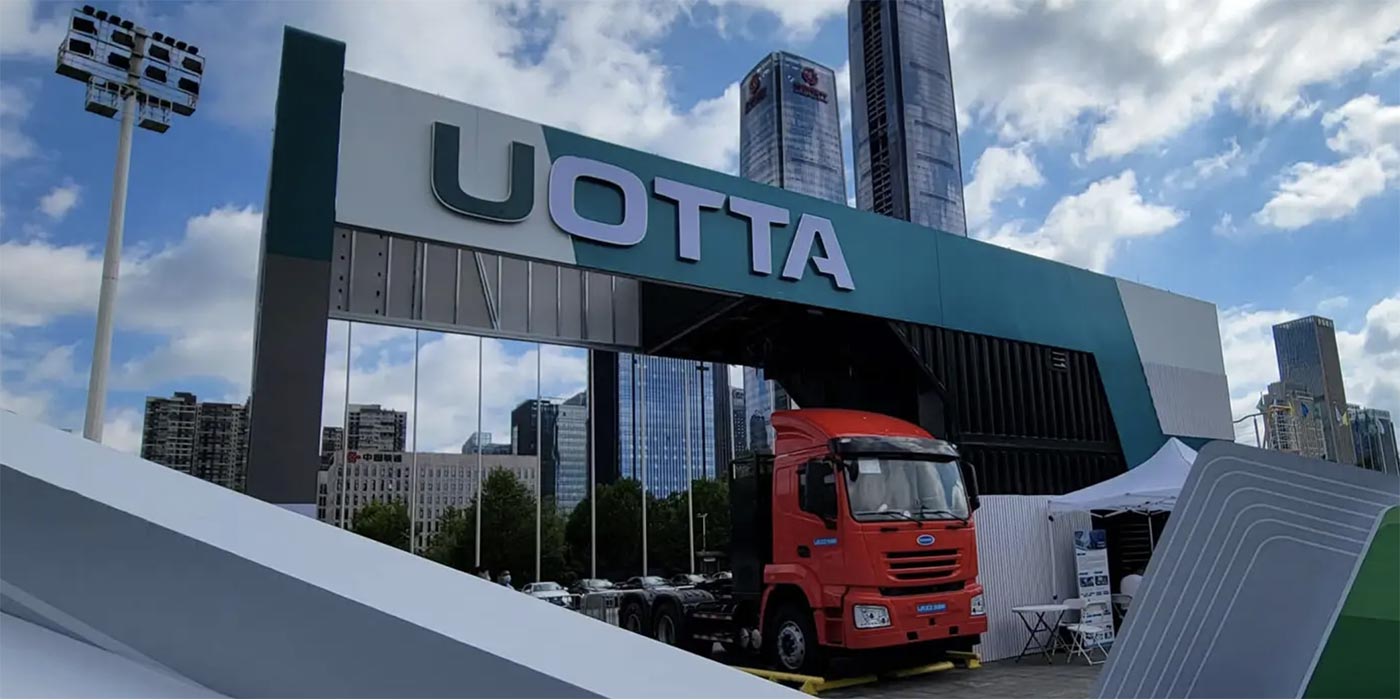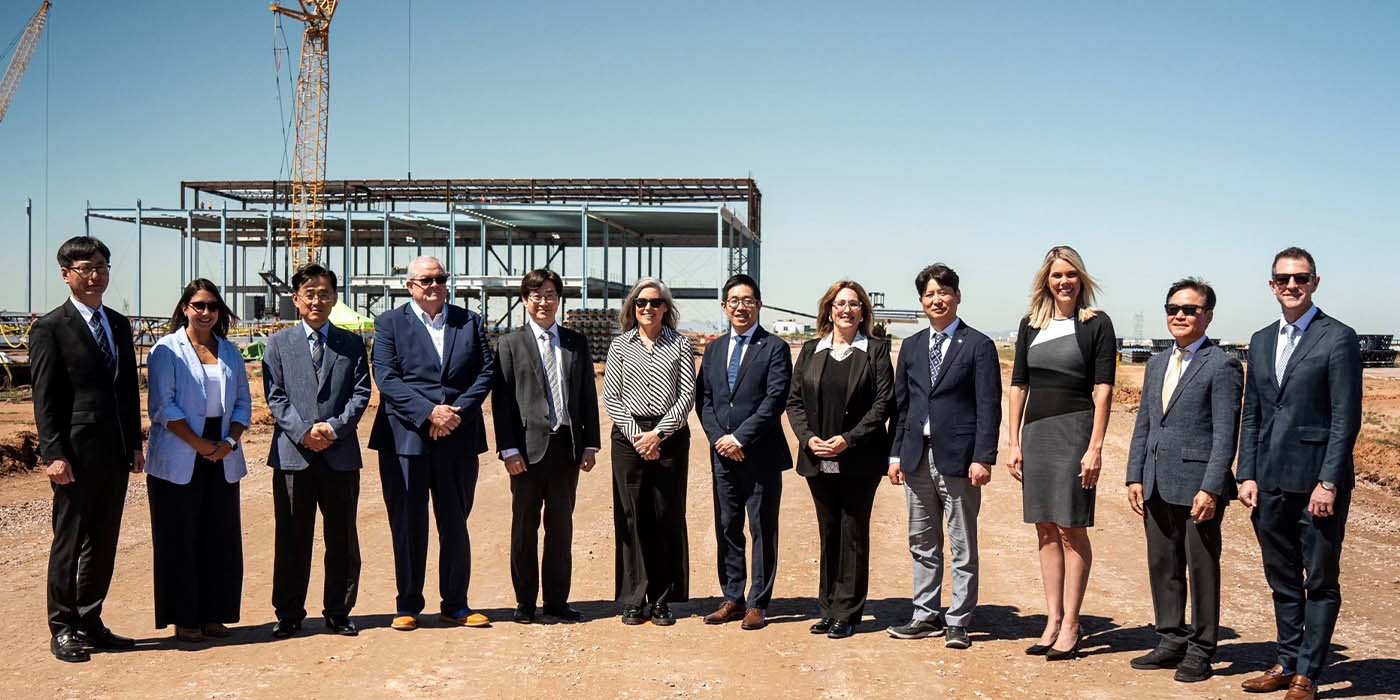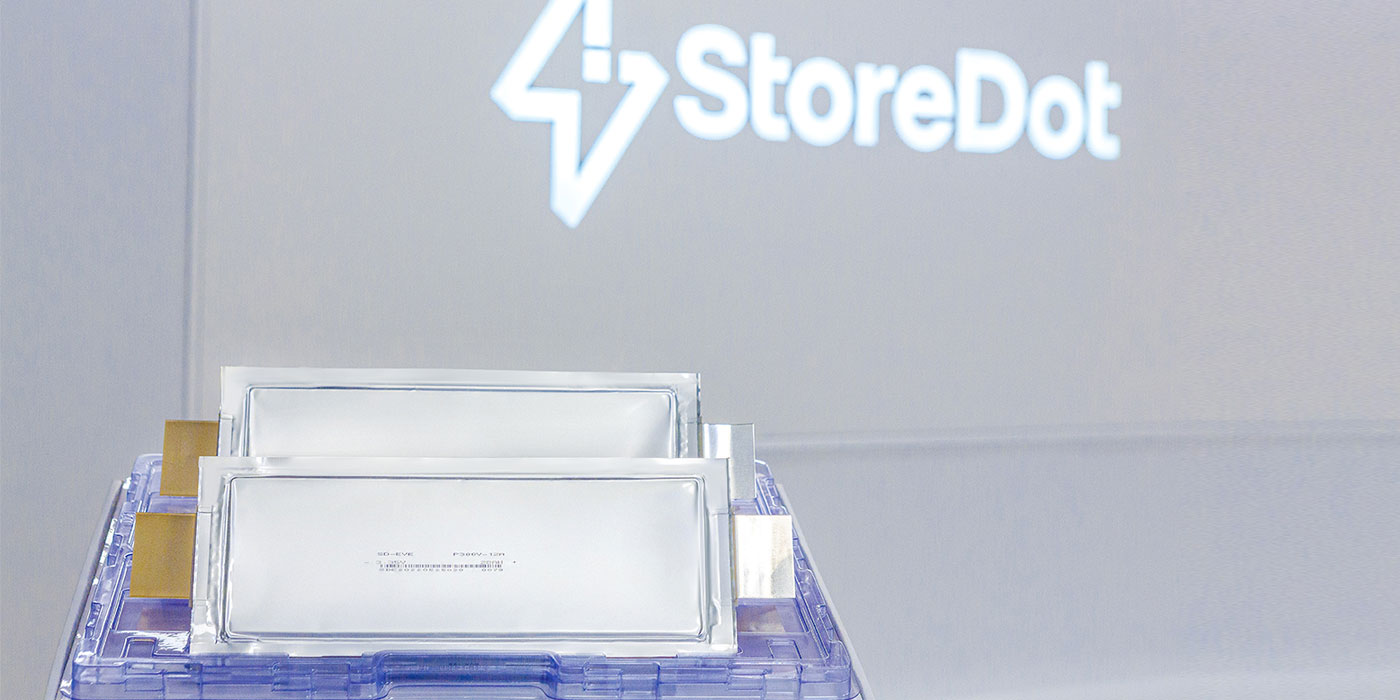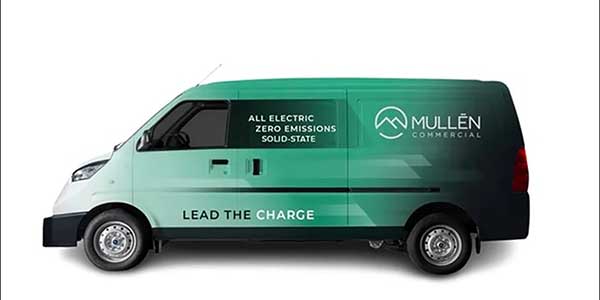EV batteries are constantly changing. Some manufacturers are laser-focused on making them more power-dense. Others want to manufacture them more sustainably, or focus on maintaining as many second-life options as possible. And, sometimes, we here at The Buzz see some battery news that makes us say, “OK, that’s cool.”
We’ve got a couple of those for you today.
First, Blackstone, a German subsidiary of Swiss conglomerate Blackstone Resources, has begun 3D printing EV batteries.
Using their technique, the company says the batteries’ energy storage layers can be made thicker, increasing energy density by 20%. Battery sizes can be tailored to customers’ individual needs, saving up to 15% in space and reducing the amount of raw materials. They say the process also consumes 23% less energy, is environmentally friendly and reduces waste by 50%.
Better material efficiency, more production flexibility and a reduction of cost – these are all sticking points in manufacturing EVs today, so if this kind of innovation should catch on and the numbers are as real as Blackstone would have us believe, we’re talking about a major breakthrough here in the future of EVs.
Here’s the next big battery news: StoreDot, a fast-charging EV battery technology company, recently revealed new patented technology that the company says will allow battery cells to regenerate while they are in use.
The company says this works through what it calls a seamless background repair mechanism. This newly developed system includes a suite of software algorithms with corresponding hardware.
The self-repairing system identifies a cell or string of cells within an EV battery that are underperforming or overheating, temporarily disabling them in order to proactively recondition them back to 100% performance.
Now, keep in mind the company is saying this apparently works while the battery is being used, so you might expect a drop in performance – not so, according to StoreDot. In fact, the company specifically calls out that the driver won’t experience any driving interruption or loss of performance in their electric vehicle while this is going on.
This advancement of a “self-healing” approach to electric vehicles could potentially play a major role in prolonging battery life and driving range. There’s also a potential boon to safety by preventing overheating or any danger of thermal runaway.
This isn’t the only innovation StoreDot is working on – the company has developed a few other EV battery patents that get the ol’ wheels turning. For example, the company recently had patents granted for technologies that deliver EVs a constant range throughout a vehicle’s life, even as the battery deteriorates.
It has also – through open source – made available hardware and software advancements of a kind of “booster” technology that essentially allows a battery’s cells to receive a higher charging current, which could lead to faster charging times even in limited charging infrastructure scenarios.













